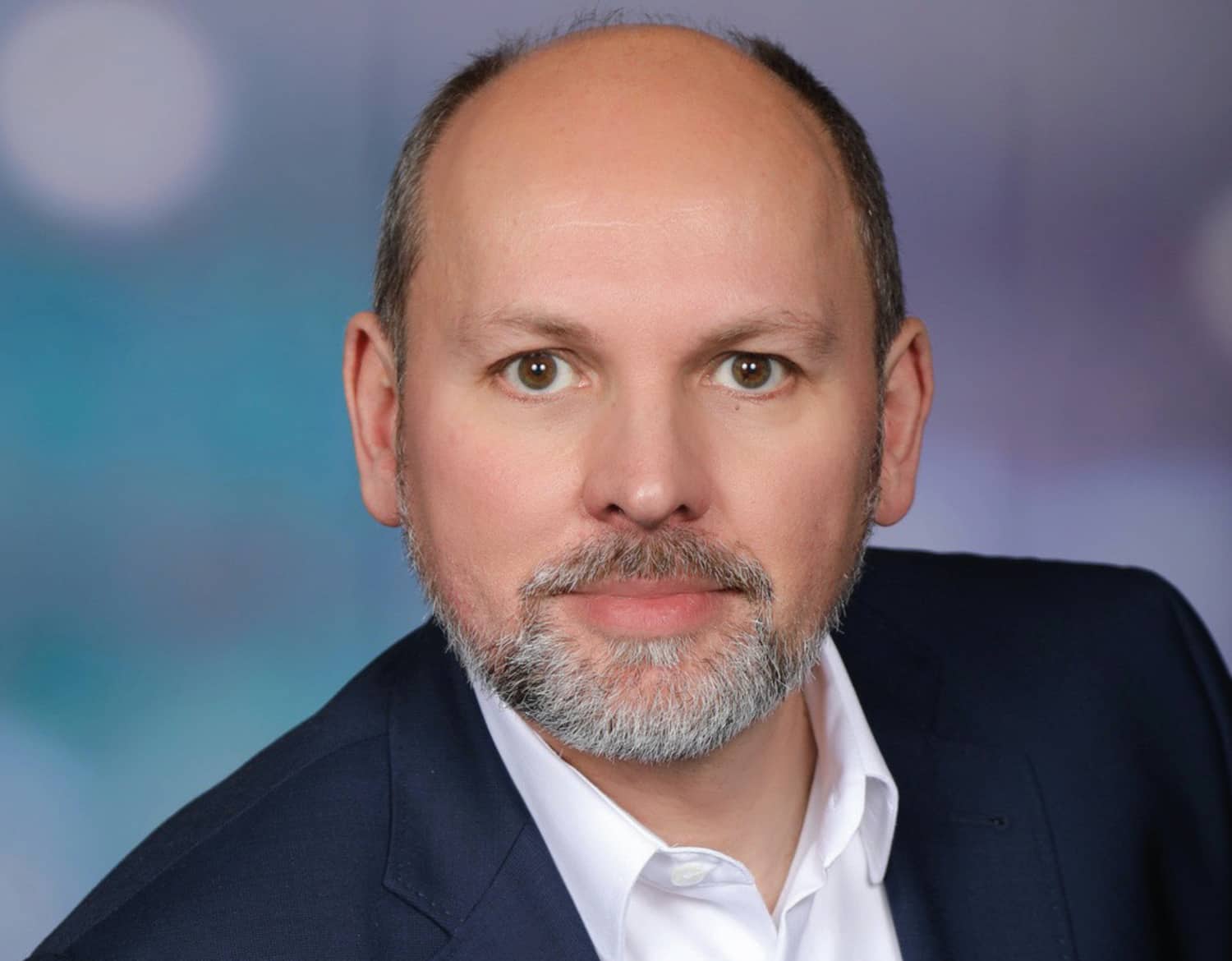Master storyteller
9th November 2020 | Journal Of Sales Transformation

SAP’s Waldemar Adams explains that compelling storytelling is not just for customer communications – it’s vital when communicating internally.
Storytelling is enriching the pure facts to add the purpose, to build alignment, and also to forge a communication which lasts, that people can remember and recall, and create an emotion.
A long time ago in Germany, a young Waldemar Adams started his own company selling software. He produced his first software catalogue using a typewriter. Since then, he has risen to be one of the most senior leaders at global technology specialist SAP.
“But today I need to explain to my teenage daughters what a typewriter is. I recently did just that,” he laughs.
An entrepreneur and businessperson since his teens, Adam’s work has always involved a mix of technology and selling – “the “how and the why”. And he attributes his success in sales jobs to having “the confidence to know what I’m talking about” and “being able to build trust because people understood that I know what I’m talking about”.
Indeed, Adams wasn’t always in sales. “Technically, I started as a programmer,” he tells the Journal. “The first thing I did was coding, writing programs. That was when I was a teenager. I had already started my first business when I was 16, because in Germany that’s the youngest age you are allowed to found your own company.”
Adams has both written his own software and also sold it to companies. “It was about selling real estate, a database-driven application I sold here in Germany – I’m not sure whether they’re still using it because that was in the 90s.”
PLEASE NOTE: Subscriber-only content – To read the full article, please login or purchase a subscription. Subscription Options Login

